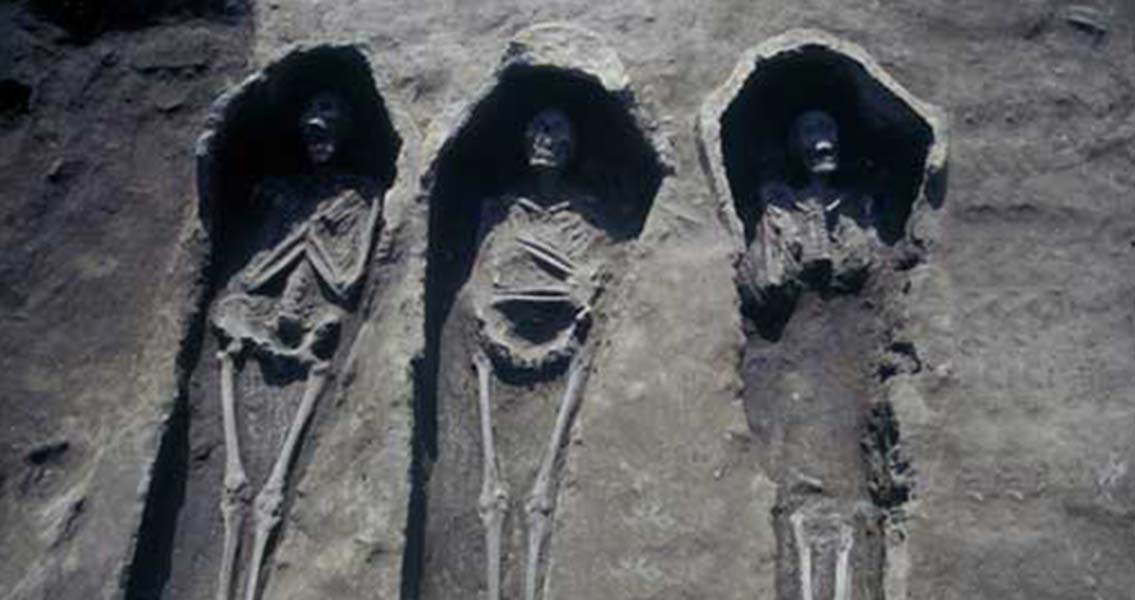<![CDATA[According to the University of Bradford, scientific evidence of frankincense, as well as other mystery resins, has been found on skeletons and caskets for the first time at Roman burial rites in Britain. Only wealthy Romans settled into areas of Britain such as York and London more than 1,500 years ago, and this is the first time it has been possible to prove that they used the expensive resin in funeral services. Researchers at the University of Bradford found the expensive resin on four fourth century Roman caskets, as well as on the bones of the deceased who lay inside. What originally looked like dust, and of little interest, turned out to be something much more. During the time of these Roman burials, around the third and fourth centuries, it seems that frankincense was being transported north for these wealthy romans. An oil or incense like frankincense was worth more than gold during this period, so it's particularly fascinating that archaeologists have found this resin on these coffins and bodies. Experts at the university carried out chemical and molecular analysis on several of the skeletons and their caskets, to determine that they were indeed covered in southern Arabian Sap from the Boswellia sacra tree - frankincense. Experts from the university also noted that at least ten of the skeletons contained other resins from the Mediterranean and northern Europe. According to Science Daily, the resins found came from different plant families, including Pistacia (mastic/terebinth) from the Mediterranean or the Levant; Pinaceae from Northern Europe; and Boswellia (Frankincense/olibanum) from southern Arabia and eastern Africa. These resins were most likely used to mask the smell of decay or slow the process of decomposition, especially during the long funeral rites of the Roman elite. Frankincense in particular held a special value. Not only does it mask the scent of decay, but to the Romans, it was seen as a gift from the gods. All of the resins found on the bodies were believed to purify the dead and help them negotiate the final rite of passage to the afterlife, according to a Science & Tech article in the Daily Mail. Again, it's important to note that only individuals of high status were buried with such resins. Professor of Archaeological Sciences at Bradford University, Carl Heron adds, "It is remarkable that the first evidence for the use of frankincense in Britain should come from such seemingly uncompromising samples yet our analysis demonstrates that traces of these exotic resins can survive for over 1,700 years in what others would reject as dirt." The significance of these findings for scientists and researchers who are trying to understand the funerary rituals of late Roman Britain is huge. Before being brought to Britain by the wealthy Romans, resins like the ones found on these bodies were rarely found outside of Egypt. What is most fascinating is that the discovery suggests these elaborate rituals were still being carried out at a time when the Roman Empire is traditionally thought to have been in decline. Scientists at the University of Bradford will continue to study these resins, to try and learn more about Roman burial practices. ]]>
Scientific Evidence Shows Precious Frankincense Was Still Used at Burials During Roman Decline
